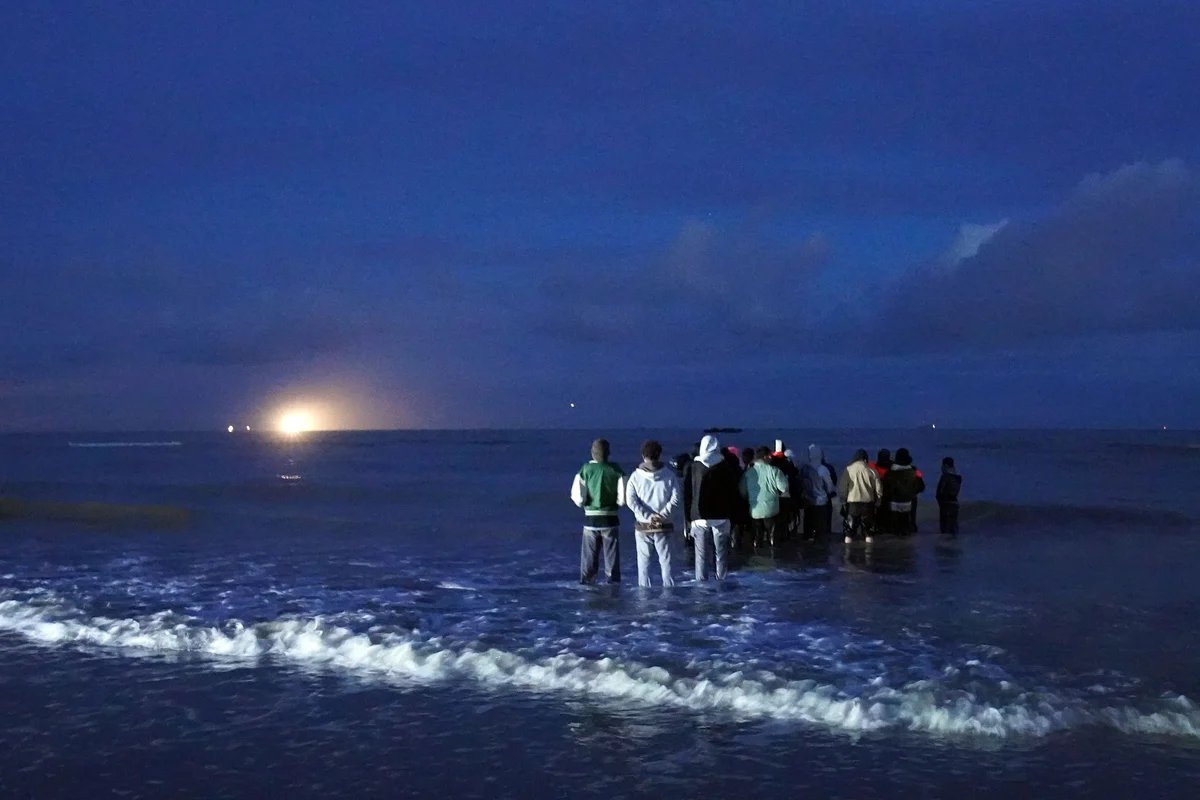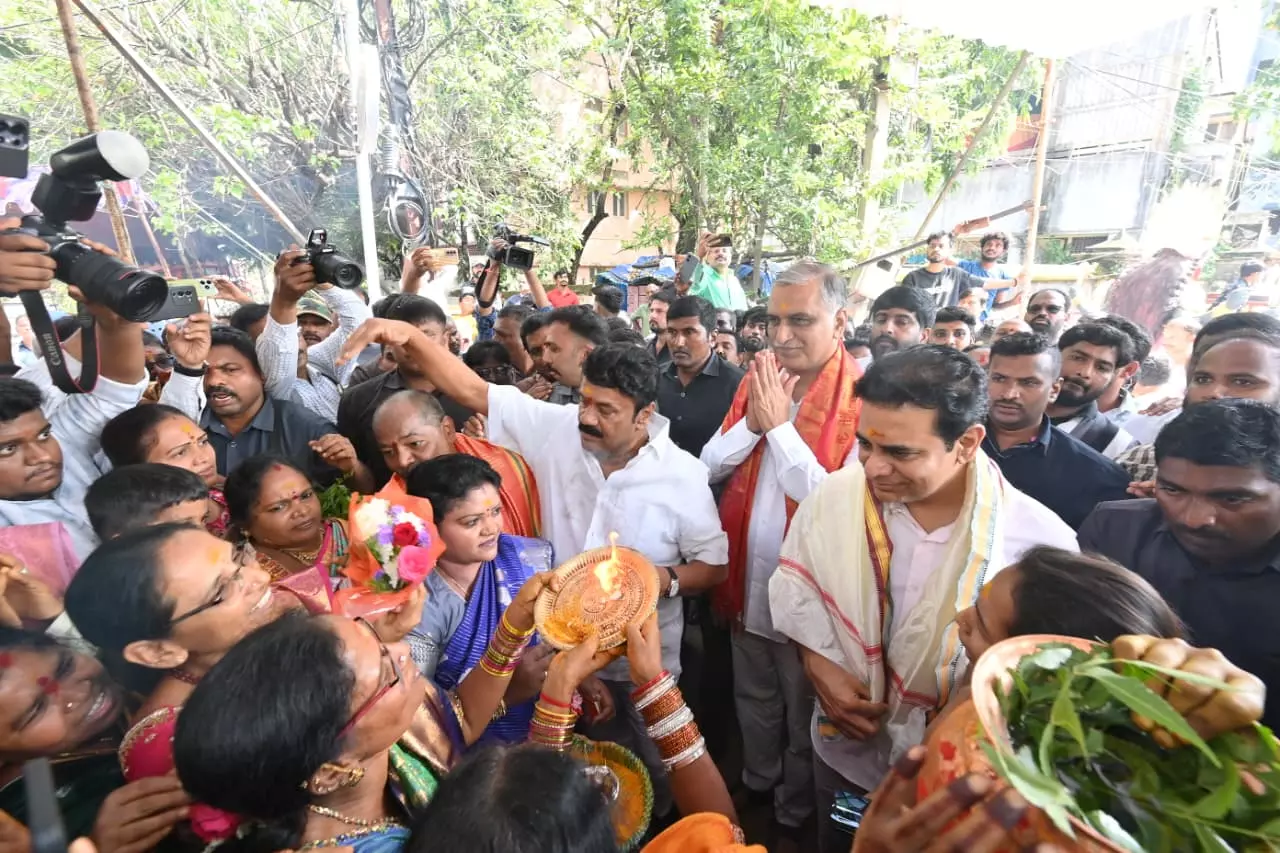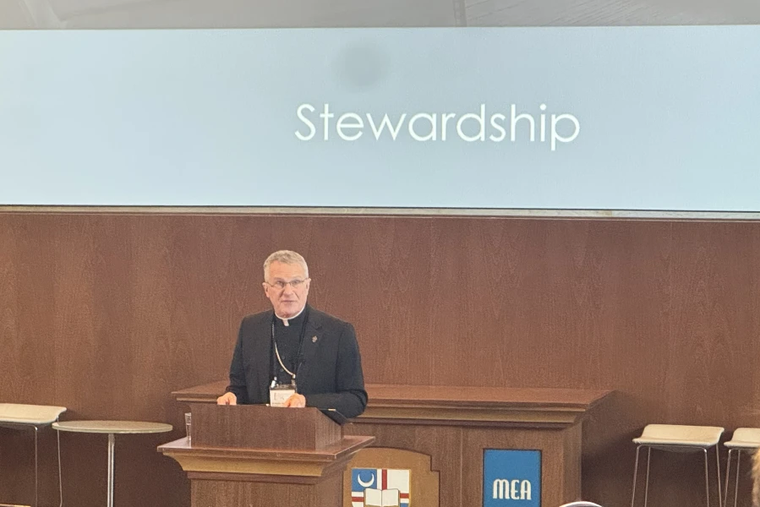Copyright thespinoff

Tasmin Prichard’s winning essay, originally titled ‘Four Hours in the Dark, Forgetting’, is about the author’s experience undergoing gender-affirming top surgery. At 6.30am Mum and I drove to the hospital. The night before, on the balcony of our Airbnb over Oriental Parade and the lights of the city, we’d sat and she’d vaped and I’d told her what walking down the street felt like. This t-shirt, I’d said, holding out the fabric, was a no-go — it was street sign blue, first of all, and too thin, made of cotton so soft and sleep-like it felt like a kiss goodnight. This was a nighttime t-shirt, sorted as they all were into distinct categories of peace or disquiet. The safest and surest were black. Thick, too, best among them my expensive Kowtow boxy t-shirt (women’s), oversized (fit) and oversized (too big). It hung from my body like washing on a clothes line. Not that I was skinny, but a sheet is a sheet is a sheet. The blue shirt I wore had a white horse on the back, framed in flowers, underneath it said “It’s a Horse Farm”, just nonsense. No one really saw it, so no one thought it was as funny as I did. For a long time I believed my dysphoria was some sort of punishment. From 13, I quietly managed my feelings of anger and disdain toward my body, increasingly ill at ease with the parts that were becoming more feminine. Girls around me grew into Impulse spray, Glassons, shaving legs, plucking eyebrows. I grew into cargo pants, martial arts, Lord of the Rings, silence. I desperately wanted to fit in. It felt clearly like I’d missed a crucial set of school lessons concerning the social contract, especially how it related to gender and our changing bodies. It rang true that growing tits meant one day someone might want to see them. Worn-out library copies of Dolly and Cleo mags appeared in my bedroom, and my Mum, a proud Mancunian bra-burning feminist, probably thought the sky was falling. She’d never told me to wear a dress or to try to be more girly, more easily accepted in mid-2000s Palmerston North. The times she took me to SaveMart and we trundled around the girls’ section, I became increasingly agitated until I snarled off to sit on the grassy kerb. She took it in her stride. By the time I was seventeen, it was better, sort of: I was safe in knowing that I could wear men’s collared shirts buttoned all the way to the top. How strange it is to call your mother, the woman who birthed you full and purple, to tell her you mean to spend a lot of money to remove good, healthy tissue, stuff that did nothing wrong? No weird cells, no BRCA gene, no lumps, no nothing. Just a gaping maw when I looked in the mirror. Back then I didn’t know what I looked like. I had no residual self-image. Just a floating orb with an IRD number, reading things and thinking. The Facebook group for transgender and intersex people in Aotearoa is invite-only. Threads are euphoric and tragic, and there’s very little small talk. Sharing GP recommendations, questions about surgery costs, fundraisers, how to recover alone. Celebrations. Coming out. Introductions. “My new name is …” Countdowns. Death notices. Brand new profiles with only a handful of friends and fewer photos. We talk to each other like warm acquaintances; strangers, family. tonight i had a phone call saying it was pushed back again. for the third time. i cried my eyes out. i hate them. i always hated them. never wanted them. i am still stuck with them. i want to go out with a flat chest and i want to use they or him pronouns. but till my boobs are gone i just feel I can’t. everything feels so wrong at the moment. next go might be in march but i’m not holding my breath. sorry just needed to vent where people understand. feeling so gutted at the moment. Most discussions are about The Body and the pain of simply existing. Underneath a post like this, someone has left a comment. sending you healing. gender dysphoria causes much psychic pain and can lead us down some dark roads. I took a single mirror photo in the pre-op room while Mum went to the loo. I was in a navy hospital gown and tried to smile but ended up looking pale, nauseous. A pile of clothes on the bed; what I’d worn for the short hour between waking up and going under. On top, the fragile Lululemon sports bra I’d bought second-hand years ago. Now I see the picture and solemnly map the action schema of reaching back and pulling upwards. I remember the warmth of nylon and polyester slipping over my shoulders after a long day. An object soaked in microbial body. There it was, final and tacit: one morning at quarter past seven I took off my bra and never put one back on again. My surgeon came to visit in the pre-op room. She looked at me plainly and asked if it was okay that Mum stayed while she drew on my chest with coloured markers. I said yes, but I loved her for asking. Mum sat on the armchair and said very little. Later, she told me this was the only moment she felt afraid. I felt afraid too. I held onto the fact that for us this was a Big Day, but for the surgeon, the nurses, the anaesthetist, it was not a big day. For them, it was all routine, what they’d trained to do. It wasn’t as if I was sick or dying, not like that. I was a healthy twenty-nine-year-old, and what would happen in that room was a celebration; we all knew it. The surgical nurses wheeling the bed were funny, like hilarious, making jokes about it not fitting in the elevator (it did) or what we’d have to do if the lift broke down between floors (it didn’t). I said goodbye to Mum and tried not to think too much about how she looked at me, as if I was stepping through a veil. The operating room was a weird sky blue colour, like the bottom of a pool. More people than I expected. I was introduced to half a dozen masked faces as I clambered awkwardly from the hospital bed to the operating table. My surgeon was in charge and all business now. To her, I was a soon-to-be-unconscious sack of flesh, a site of her work. Above my head, a tall, very calm man peered down. I don’t remember his name, but I do remember him gently sticking wired monitors to my neck, pressing the final one to my forehead. I laughed and he laughed too. Yesterday I’d been a person, now I was a body. I’d read that a useful thing to do right before going under was to pretend surgery had already happened. This lessened the risk of a violent awakening, utterly convinced you’d missed the appointment, and so leaping up out of bed, ripping fresh stitches. As the gas mask went over my face, I told myself congrats bitch, you did it. I thought about all the other people in the forums and the subreddits and the Facebook groups who posted ‘just got out of surgery!’ pictures. I thought about all the people who had emergency procedures and woke up unexpectedly alive. I thought: yeah, maybe I could’ve started living earlier, but what’s a surgery but four hours in the dark, forgetting? Top surgery in Aotearoa costs between 20 and 30 grand. An impossible, insurmountable number for those of us who find ourselves desperate. Some go overseas to Thailand or Mexico to cut down costs, though doing so asks us to pay in different ways: isolation, distance, language barriers, culture shock. Those surgeons are world-class. Mine spent nearly a year in Bangkok in the early 2010s, learning from some of the best gender specialists in the world. A two-week hotel stay to recover is included in the price. The other option is to be placed on the public waiting list through referral to the Gender Affirming Surgery Service. The queue is an exercise in expectation management. The Ministry of Health admits this in static webpage copy: there is a long waiting list. As of the end of 2024, 341 people had been referred to the Service, which funds fewer than fourteen surgeries a year. There have been no updates to the webpage since the beginning of 2025. Important to know you cannot be referred to the public waitlist for masculinising top surgery without prior “medical transition”; hormone replacement therapy, a diagnosis, he/him pronouns, a change in name. I used this as an excuse for many years. I would say things like, yeah, I’d love to have top surgery and then but I’m not a guy. I was plagued by concepts. I found ways to hide. In my twenties I had no interest in an OE. Friends had skidded off to Europe, Asia, South America and returned by the time I’d figured out what I needed. It’s like being in drag all the time, I told my partner at the time. Like a costume I can’t take off. Going overseas, beaches, festivals, hot weather? Impossibly distant. I started working. I started saving. It took four and a half years. The first surgery consultation was an act of coming out. Speaking a truth into existence by action. So much time spent sparring the slime, fist fighting dysphoria by myself that when I finally had to call for reinforcements, I sort of resented it. I was excited, sure. I’d scrimped and scraped for years. But at this point, the strict parameters of behaviour and dress I’d used to keep afloat for so long started to deflate and quickly sink. Being the subject of your own apathy is hard. Being the subject of your own compassion is worse. As part of the process, I had to sit a psychological readiness assessment. This made sense only until I realised I could get huge bazooka breast implants or a hair transplant with no such requirement, because gender affirming care is a descriptive term, not a prescriptive one. The psychologist—whom I immediately liked and trusted—told me this wasn’t so much a test, more a discussion to make sure I was mentally up for surgery. That I was fully cognate and aware of what the implications were. She asked me if I knew that this meant I could never breastfeed, which surprised me. You never know, she said. Some people are so laser-focused on one outcome that they don’t think about the other stuff. I left the call feeling resoundingly sure. The diagnosis — gender dysphoria — came as a letter in the mail. I thought about getting it framed, as a conversation starter. The closer I got to my surgery date, the worse I had it. I couldn’t leave the house on the first try. I’d get dressed for work, put my headphones on for the walk, step out onto the street, and make it a hundred metres before turning around, convinced I’d put on the wrong jacket, forgotten my charger, was wearing uncomfortable underwear. I wouldn’t even realise I’d failed until I was back unlocking my front door. While I was asleep, my surgeon and her team levered my torso up and down. Lifting me from lying to sitting and back again so she could make sure the incisions were straight. I try not to imagine myself, intubated, half naked, half-lidded eyes, open, crimson, but I can, sort of, because I saw the room. I can still see the man, his gentle fingers, and easily I see my surgeon, her sharp focus. I wake up, halfway through asking the nurse how long she’d worked at Wakefield. I have no memory of any moment prior to this, even now. I was told I happily swore a bunch, thanked everyone who had anything to do with my surgery, and told them I was going to vomit a few times but managed to abstain. My chest ached and looked different. I could see the curve of my stomach so clearly that it felt like I was leaning forward at an angle. The hospital gown had slipped down and revealed two neat white bandages framed in latex tape, and I realised I didn’t care. The shape was new and so was how I felt about my entire torso. I was wheeled into the recovery room. I was given a lemonade ice block, a gift from heaven. I was joyous but greasy. The incisions on my chest were behind a gauze curtain, but the drains were not. A length of plastic tube ran out from above each of my armpits, ending in a fist-sized bulb, endlessly suctioning out blood and lymph fluids from inside the surgery site. Mum spoke quietly, like I had a stomach bug, but even when I lay down and closed my eyes, I was grinning. Over the course of the day, friends with flowers visited for twenty minutes at a time. We’d talk and laugh and take pictures then I’d slip away back to sleep. In the evening, after Mum left, two nurses arrived with my post-surgical vest. It came in a stiff plastic box like a joint brace or sports tape. They unfurled it and zipped me in, a stretchy sausage case. The drain tubes were safety-pinned in a loose curl around my stomach; the plastic grenades hung off me like buoys. It is not enough to say that it saved my life. Surgery changed my life. Altered its entire course, and I knew it; I woke up different — anew. Someone who could wear white, soft t-shirts in direct sunlight, swim at the beach, and leave the house on the first try. The hardest thing about surgery was not the pain or the fear. It was the force applied to forgiveness. The body had done nothing wrong. It simply did what it could — growing the parts my DNA told it to. Equally, by choosing surgery, by choosing to remove these parts, I was doing nothing wrong either. And yet, net loss. Over a kilogram of my tissue was taken to medical waste and burned. The lone freckle that used to be a few centimetres above my left nipple is gone. I have a memory of it, and maybe so do others, if they ever imagine me naked from back then. But it no longer exists. Landfall Tauraka 250, edited by Lynley Edmeades ($35, Otago University Press), is available to purchase from Unity Books.



